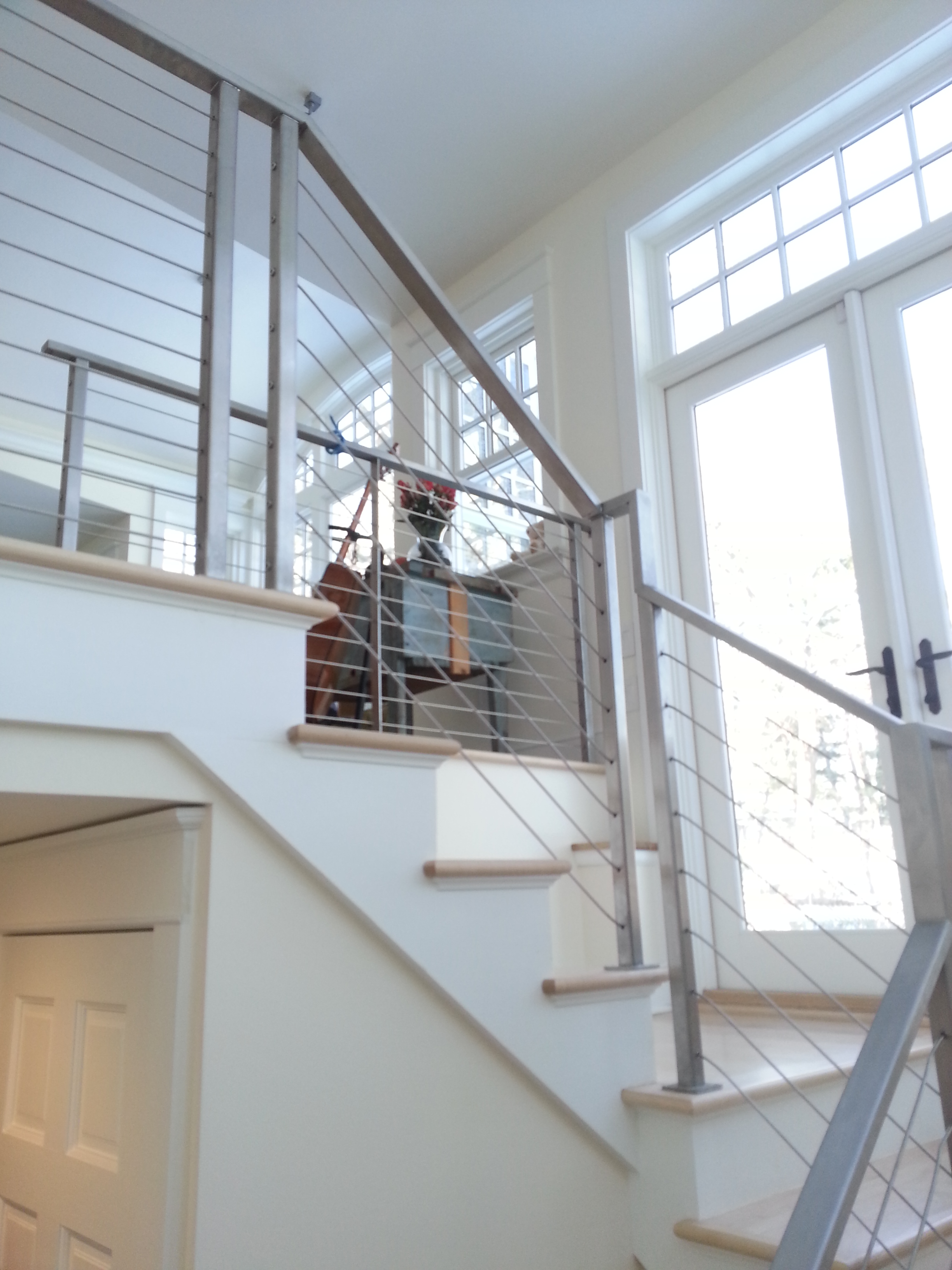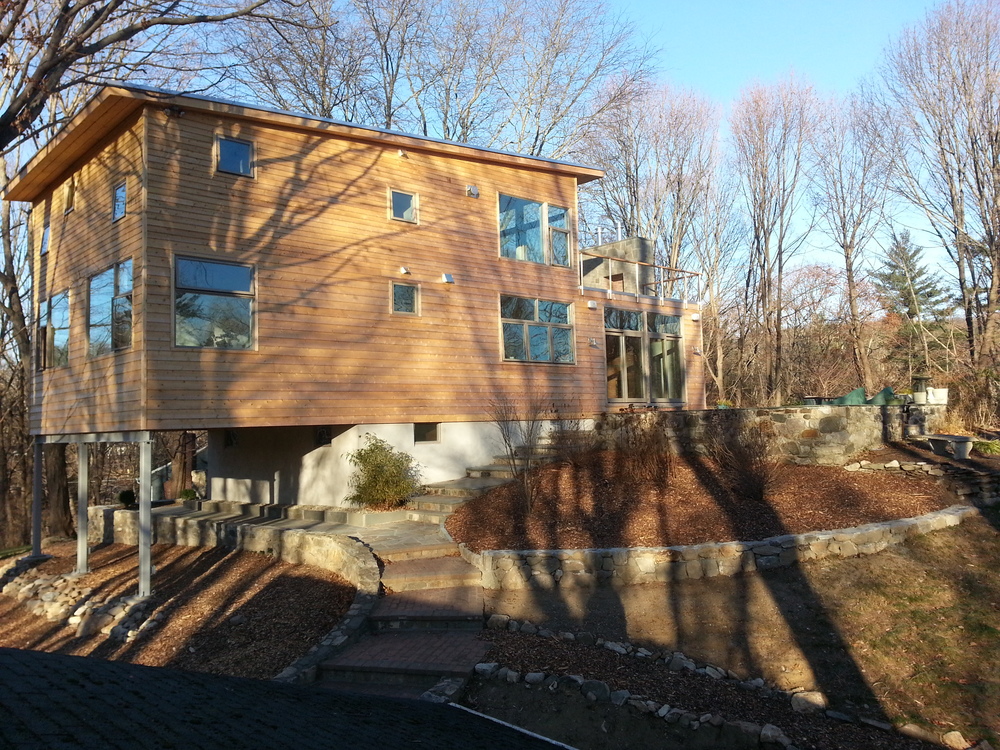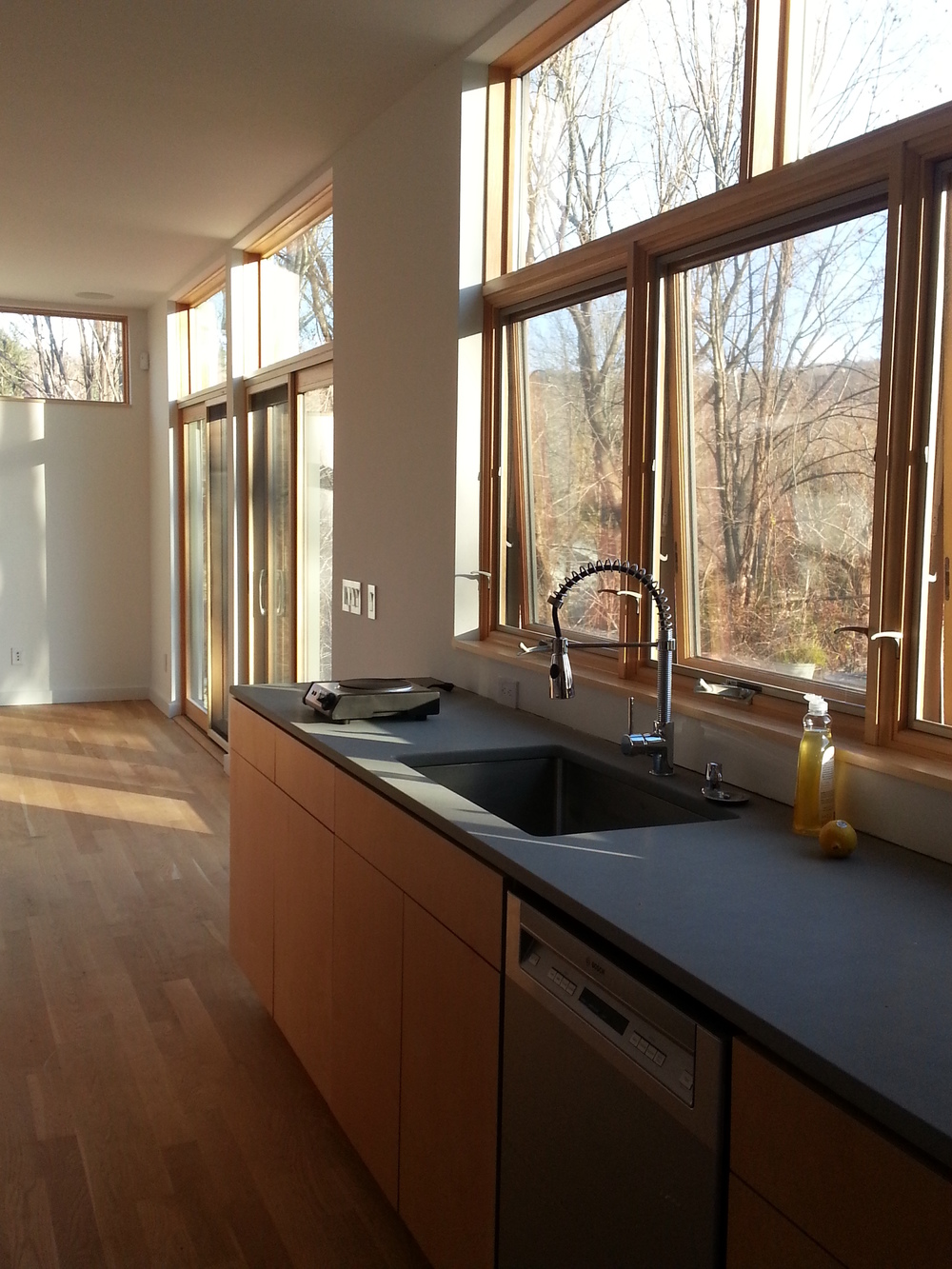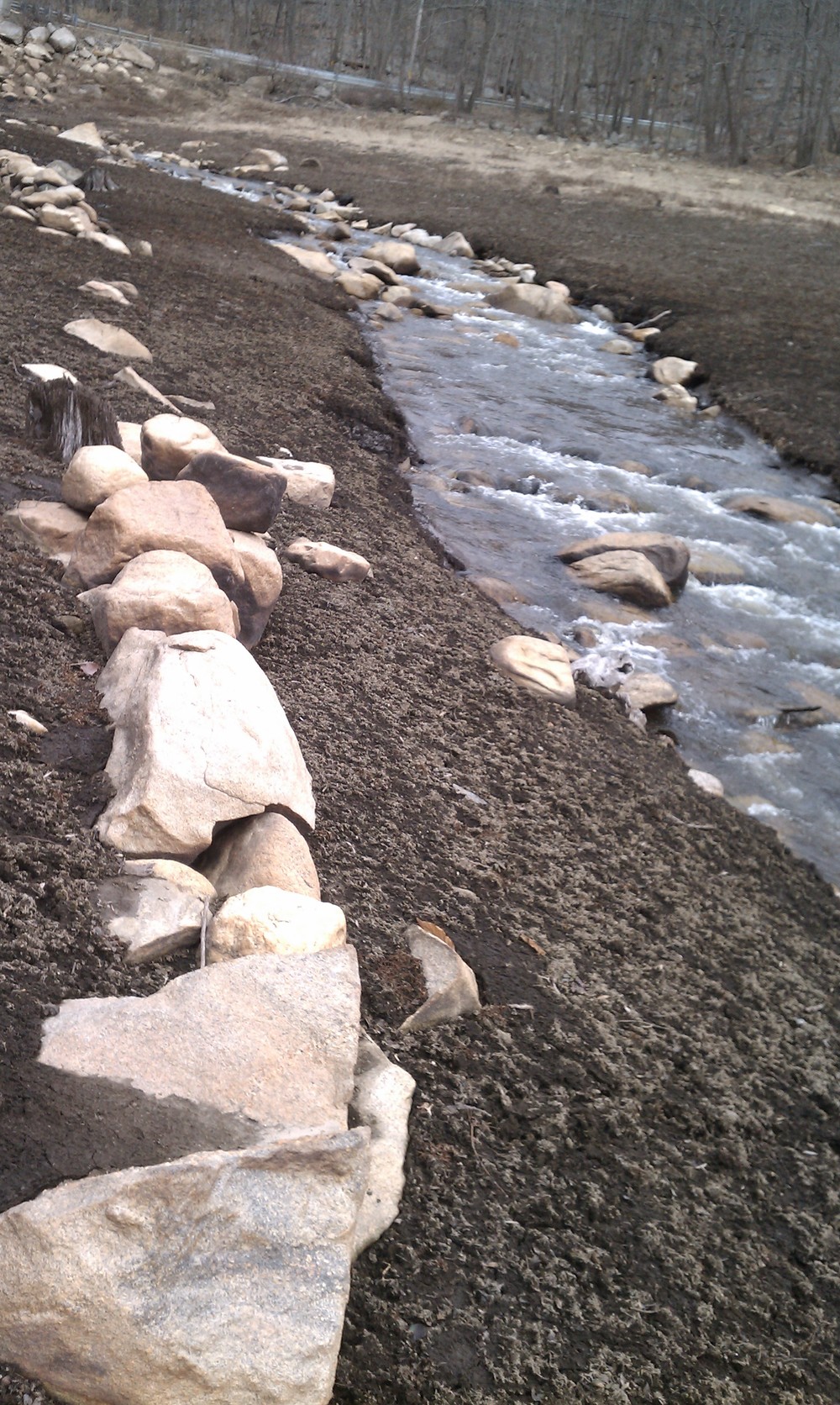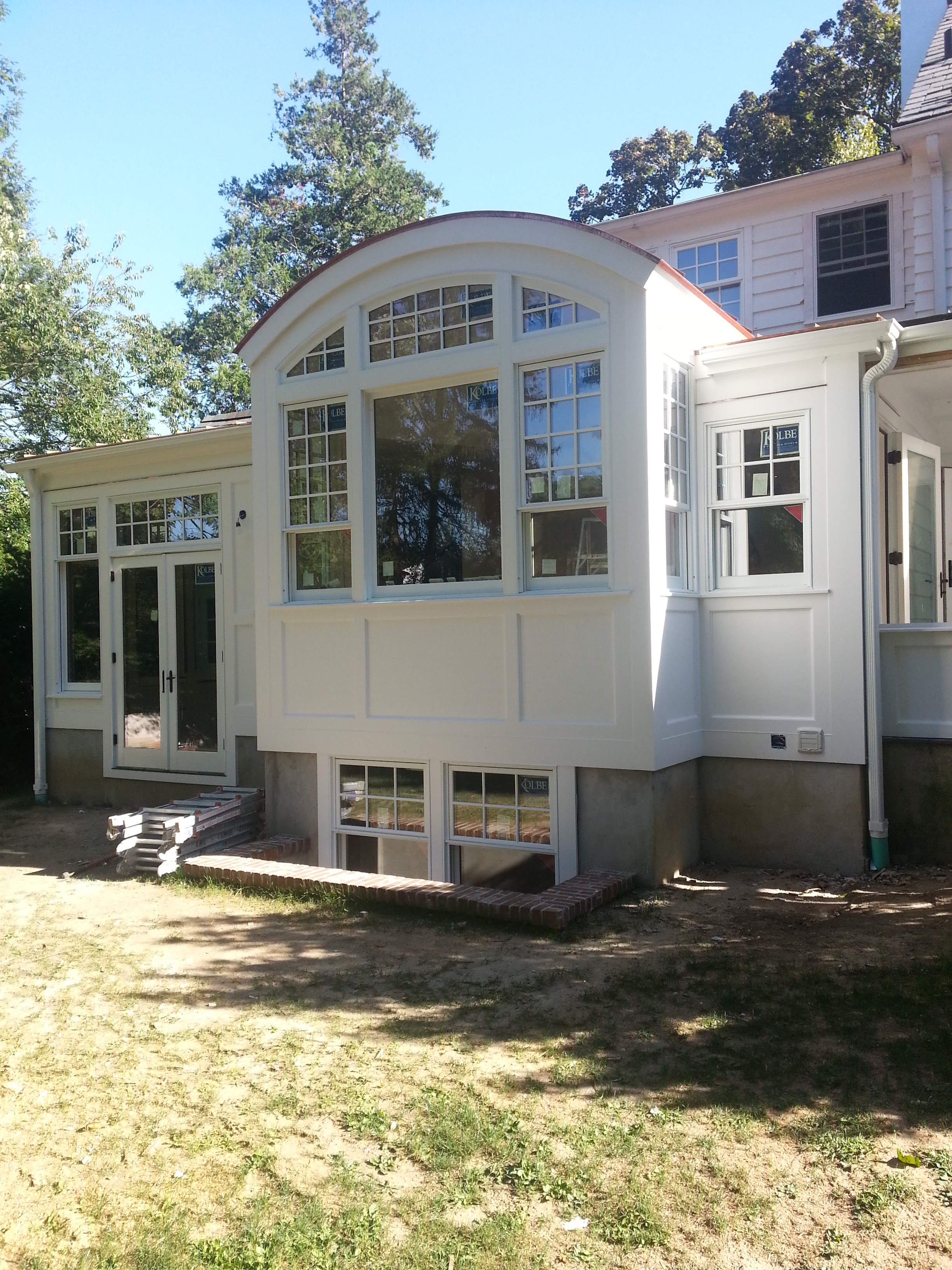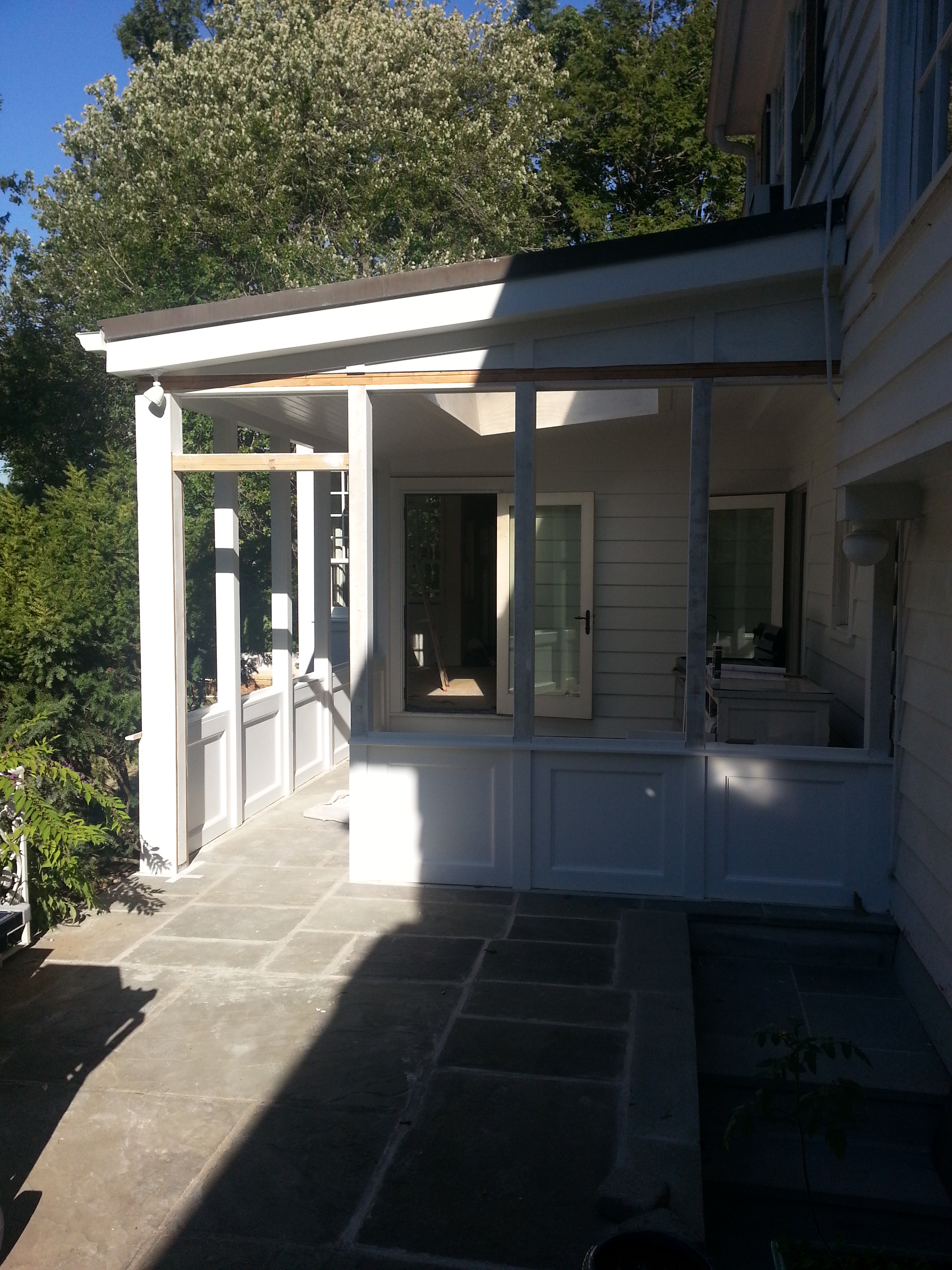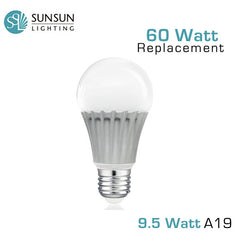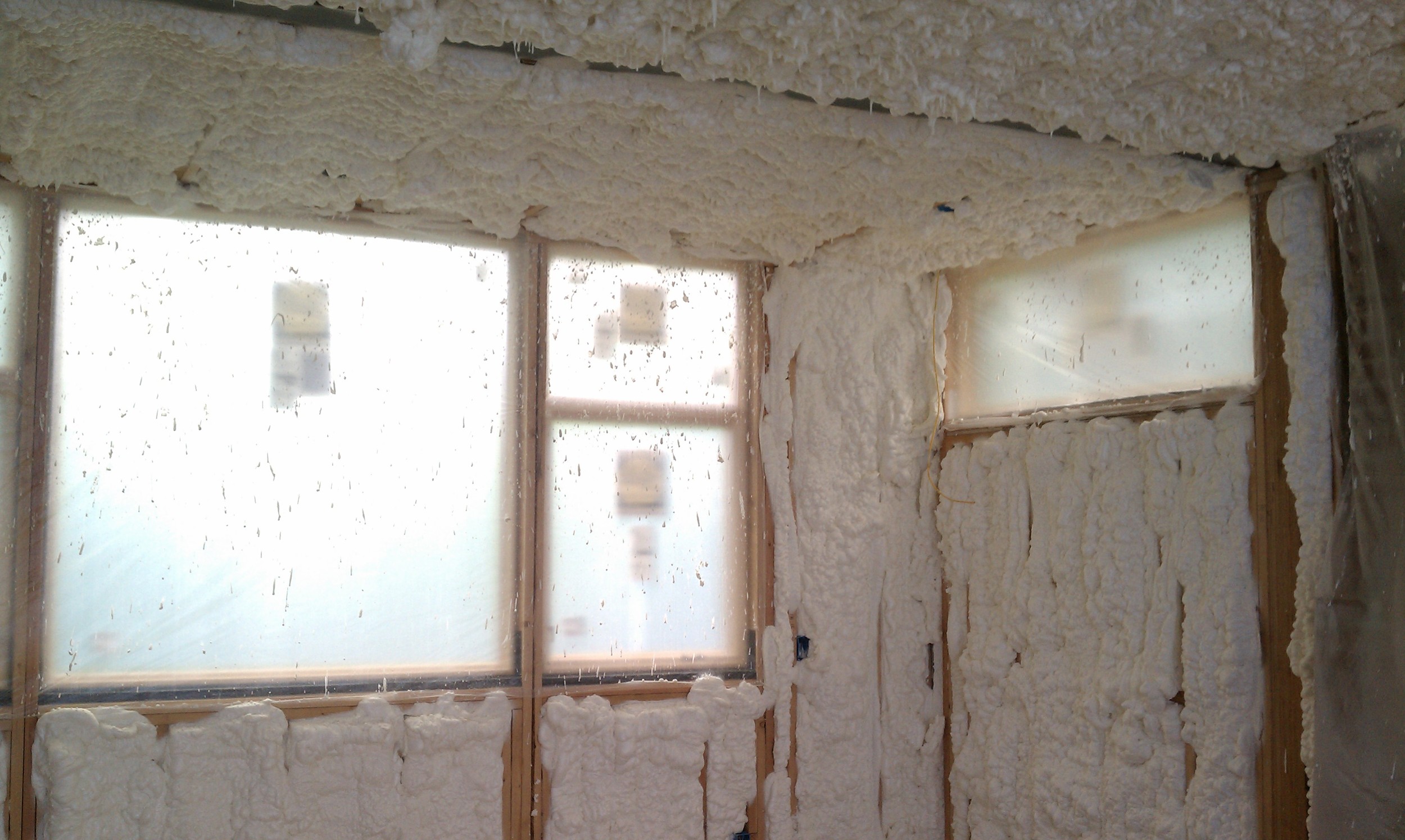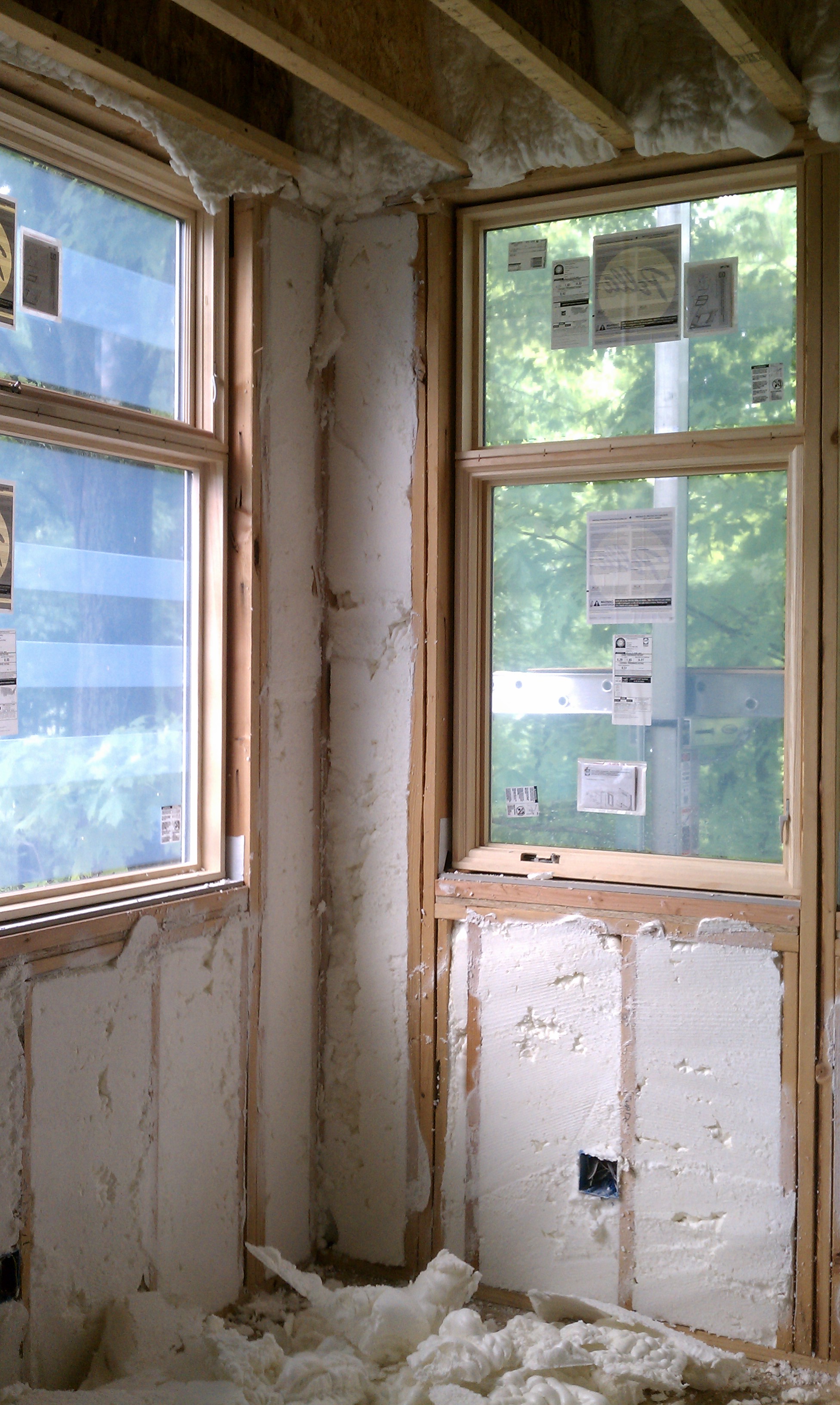Nepal Earthquake ~ before and after ~ Durbar square
Last weekend there was a devastating earthquake in Nepal. One of our former clients was there working with Save the Children. He was, thankfully, unharmed. A few days later, on NPR, we heard the tearful account of his experience giving aid and we were moved to make a donation to Save the Children in the amount of the retainer he and his wife paid to us to renovate their small family home.
This, to me, seemed like a perfect circle. So much of the devastation that happened in Nepal was about buildings. As someone once said ‘earthquakes don’t kill people, buildings kill people.’ The poorest countries in the world are usually the ones most injured by natural disasters. This is not because they don’t know any better, but because they do not have the finances in place to maintain standards and regulations that will keep their people safe.
In America we often hear a lot of complaining about taxes and regulations. Sometimes people ask me if I am fed up with the regulations in my industry. To them I always say ‘No! I thank God every day for the regulations in my industry’. Building Codes, Zoning, Fire, Health and Water Safety and Conservation are all regulations that I am happy to bend to. Sometimes they don’t let me design exactly what I want but when I think about the alternatives, I do not mind. Regulations let me sleep at night. I know that a building my firm designs will not fall and kill someone, I know we won’t contaminate a stream or trap someone in a fire.
Having spent a fair amount of time in third world countries, I realize how safe and relatively carefree we are in America. The same sized earthquake that hit Nepal, when it occurs in America will only do a fraction of the harm. We are happy to have the donations we give now go to helping survivors in any way possible, but wouldn’t it be better if this tragedy never reached this scale in the first place? Ongoing donations can be given through the below websites and will eventually help Nepal rebuild, hopefully stronger than ever.









